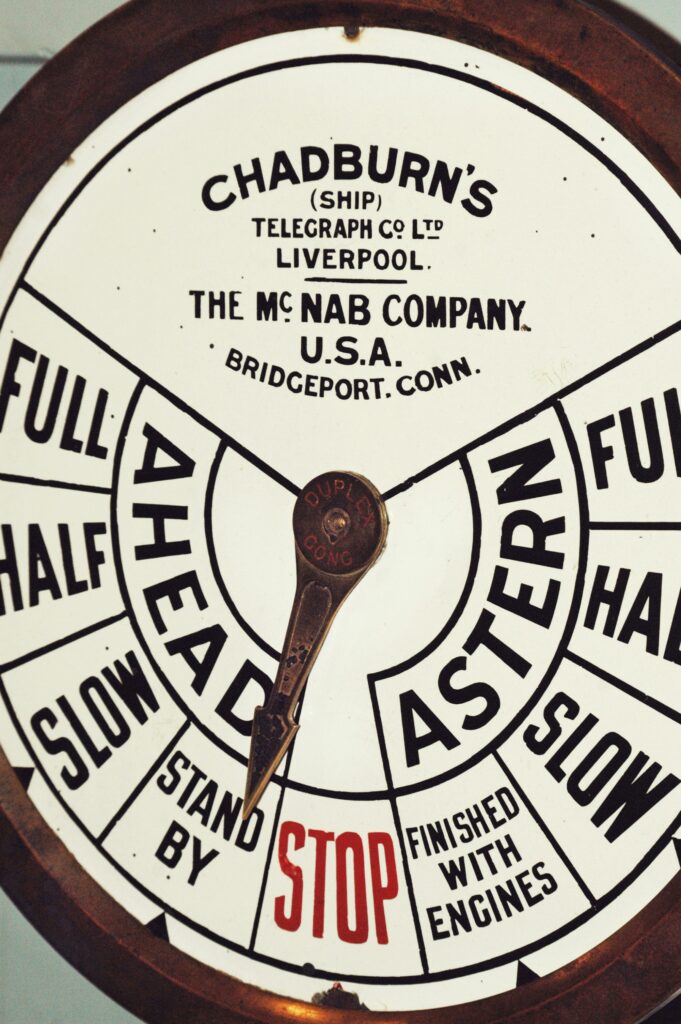
In part 1 and part 2 on this subject I’ve been looking at how tuning into your inner smart meter can really help you become more efficient, healthy and happy as an artist.
How do you read the dial on your smart meter?
To tune in to your energy levels, for example, you can assign them a scale (with 10 being very high and 0 being no energy), and then choose other variables that may or may not correlate to energy. For example, sleep quality and quantity, stress levels, meditation, activity levels, etc. Make sure you have a clear way to measure each variable, and track daily. For example, if you wanted to get grounded, meditation could be on a Yes/No basis, or you can log a number of minutes, and type of meditation undertaken.
Why track?
What does measuring yourself actually do for you? Well, if you’re frequently feeling anxious, stressed, tired, grumpy, unproductive or scattered, tracking can help you ascertain why, and what can help.
Many people now use personal tracking of various kinds to measure, collect and analyse their thought patterns, emotions, behaviour and activities, in service to greater efficiency and energy. It might sound strange or super-nerdy, but it can actually be life changing.
Tracking your artistic practice
You can track your artistic practice according to whatever area you want to improve, for example time spent on various projects, quality of concentration, amount of enjoyment experienced, energy peaks and troughs, and so on.
Amber, a violinist, discovered through tracking that she tended to go down rabbit holes in her practice, and not actually stick to the goals she had set, making practice sessions lengthy and frustrating. Once she realised that, it was easier to make her practice time satisfying and more efficient by simplifying her goals and checking in regularly.
Tracking activity
You can measure activity according to the type of exercise you take (yoga, hiking, swimming, etc.), and number of minutes. Smart watches and Fitbits make that easy these days, along with measuring heart rate, sleep cycles and so much more.
Alternatively, you can track a particular quality that you’d like to have more of, and some tools, processes or activities that might have an effect.
Tracking a quality
If you’d like to experience greater joy or peace, for example, what might help? Time in nature, or with friends, or doing a favourite activity? How could you measure that?
There’s even a website and forum where people share their ideas and projects https://quantifiedself.com/show-and-tell/. Some of those projects look fascinating- for example, “Tracking what I do versus what I say I’ll do” or “Tracking breathing to control my focus”.
Syncing up
It’s now possible to track using a smartphone app as shown below [link to Google forms].
Using the app last thing at night, it takes only a minute or two to track, but then it automatically syncs back to your computer. Over time, you can amass sufficient data to ascertain whether your experiment has been successful, using graphs, pie charts, etc. which is creates automatically for you. It’s amazing how interesting such data can be when it’s personal to you!
Changing longstanding patterns
At one point in my life, I tracked my pain levels and my level of peace, along with various other activities. Over the span of a year, I discovered gradually that the more peaceful I was, the less pain I was experiencing, and this was extremely valuable information, which helped me to change my daily activities and my attitude towards them. My pain levels have been much lower ever since.
All in all, getting in touch with your internal smart meter can seriously change your life. Let me know if I can help.